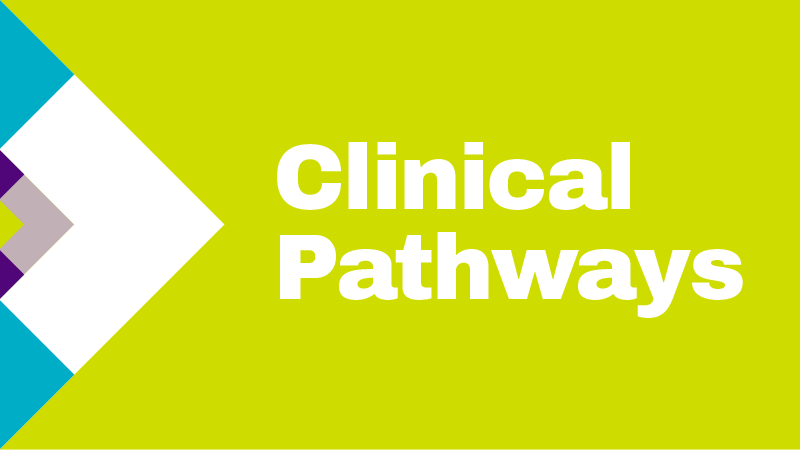LOCSU introduces further clinical pathways to broaden primary care offer
29 May 2020

The rapid development of the CUES urgent care pathway took centre stage early in the Covid-19 pandemic. With that pathway in place, LOCSU has acted on the request which came through clearly from the NOC conference in November 2019, to expand the suite of clinical pathways available. We are delighted to be able to expand our suite of resources to include 3 additional pathways.
All pathway information is available in the Members Area, please ensure you are logged in before accessing links.
The Maculopathy Referral Filtering and Monitoring Pathway
This service supports a reduction in false positive referrals to hospital clinics and delivers care closer to home for many patients, helping to ensure that those who need hospital intervention get it in a timely manner.
The pathway also supports monitoring closer to home, which may be especially important given that a high proportion of patients requiring monitoring fall into the vulnerable shielding group, either because of their age or because of co-morbidities, and hospitals will need to meet their needs in an agile way for some time to come.
Wet maculopathy develops quickly causing central vision loss, however, many cases are treatable meaning that early identification and fast track referral is essential. People with maculopathy may be at risk of sight loss and often require ongoing monitoring. The pathway offers people with late AMD (wet active) ongoing monitoring with OCT for both eyes.
Patients with late AMD who have identified a change following self-monitoring are also included. When routine activity resumes, patients following routine diabetic screening who require further checks to rule out wet maculopathy can also be seen within the service, reducing the numbers attending the Hospital Eye Service.
Zoe Richmond, LOCSU Interim Clinical Director said “The maculopathy pathway is probably the most eagerly awaited of the 3 new pathways. For any area discussing urgent eyecare and the implementation of CUES, the maculopathy referral filtering is a logical next step”.
LOCs can download the pathway diagram and information here.
LOCSU Child Integrated Care Pathway
The new service for children allows for early intervention and management of poor vison via an integrated service model delivered in optical practice.
This pathway supports partnership working; primary care practitioners and the hospital paediatric team working together to provide care closer to home for children.
The service provides an alternative to the Hospital Eye Service for children who are found to have poor vision and have been referred to the hospital, as well as for children already under the care of the hospital eye service and considered suitable for care in optical practice, within the integrated service.
Where commissioned, the diagnostic pathway following child vision screening is also part of the child integrated eye care pathway. The updated pathway is available here.
Zoe Richmond, LOCSU Interim Clinical Director, suggests “At a time where the NHS are trying to reduce the footfall to hospitals, this new pathway offers support to the hospital paediatric team by allowing children to have some or all of their care in optical practice.”
Healthy Living Optical Practice
The message from the NOC last year was very clear – there is a strong interest in the Healthy Living Optical Practice model.
Akin to the Healthy Living Pharmacy model, LOCSU’s Healthy Living Optical Practice (HLOP) Framework is focused on improving the health and wellbeing of the population and is intended to help reduce local health inequalities.
At its simplest level, HLOP involves brief interventions and signposting to appropriate services via conversations supported by leaflets/websites. It isn’t a standalone service but delivers added value to any area already delivering the core primary eyecare service pathways.
Many practices may already be delivering brief interventions in their everyday practice. This could include signposting to local stop smoking services or a very brief intervention to both identify and assess potential risk factors for falls and then support access to local provision.
The level 2 service is more involved, delivering more targeted intervention, as such this level involves local commissioning and is intended for practices who wish to develop their healthy living optical practice further.
Simone Mason, Digital Learning Support Officer for LOCSU said “LOCSU are already a Royal Society for Public Health approved training centre. We offer a nationally recognised qualification: to support Level 2 Understanding Health Improvement, which enables optical practice staff to become ‘Health Champions’”. She adds “We also offer the Healthy Living Optical Practice leadership training course, aimed at the practice manager or owner. As a leader of the HLOP they will create a culture of health and wellbeing for the practice team as well as the patients”.
The HLOP pathway framework is available to download from the Members Area (please login before accessing link)

